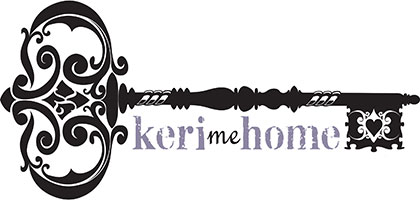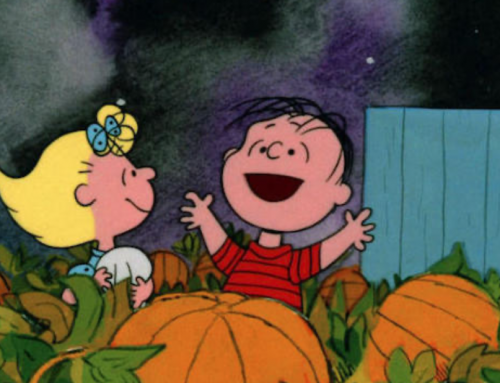(First appeared on VestLife blog)
The other day, my son and I were in a store, and he was helping the cashier by putting our items in a bag. One slipped. The clerk said, “Ooops! Try again!” And I cringed. I glanced over at Zach, fearing some kind of reaction. I readied myself to calm him. Fortunately for all, he seemed alright and let the phrase roll off his back. No gnashing of teeth, no screaming, no smacking himself on the head. I exhaled.
You see, the words try again (especially with ooops attached to them) are a deeply-ingrained trigger, planted there by well-meaning ABA-trained tutors who ran a home program in my living room when Zach was younger.
Applied Behavioral Analysis (ABA) used to be the “go-to” intervention for children diagnosed with autism. The idea behind ABA is to promote helpful and “appropriate” behaviors and diminish behaviors that cause harm or obstruct learning. Might sound like an okay concept. But for us, it wasn’t okay.
I’m not going to categorize ABA as “bad;” in some cases, for some children, it is appropriate and beneficial. I tried to see it that way when we started ABA. In hindsight, though, I wish we had never done it.
Because we were “informed” that the “window” would be closing on our chance to help our child, we jumped at the opportunity to have an Ivar Lovaas style program brought to our home. We were told it was the research-based, gold standard methodology for helping children with autism to “live a normal life.”
How I hate the thought of that now, as I did many years ago after one particular scene in the middle of my living room.
The behaviorist-designed program was drill-based and conducted at a table where my son was pretty much forced and coerced into performing tasks that held no meaning for him. TOUCH RED, the instructor demanded. If Zach touched a red card or a red block, he was rewarded with a tiny morsel of food. If he either chose the “wrong” card or didn’t touch anything at all, the instructor would scold, Ooops! Try again!

freepik.com
Initially, those words seemed to affect him like nails on a chalkboard (is that still a valid metaphor in a post-chalkboard world?). Over time, his reaction to try again ranged from anger to full-on rage to sadness. And like him, I had had enough!
I stepped in and suggested to the behaviorist (she was subbing for the tutor that day) that she change the language and the expressions they were using in their lessons. I told her that try again really had to go. She looked at me like I had three heads.
“Okayyyy…then what would you rather have us do?” She was talking to me, but her hawkish eyes were on Zach, and her hands on her hips.
“I think he’s reacting to certain words which…belittle him…make him feel like he can’t do anything right…” I wanted to be careful because after all this was the gold standard program happening in my living room.
She hmmphed. “Then how is he going to learn…he’s just a tiny baby and needs to learn these skills…”
Tiny baby?

freepik.com
Zach was successful with the drills at the table but was obviously unhappy. I would be, too, if someone was making me touch red items for 15 minutes straight. This was H-E-double hockey sticks. Enough…
“He’s doing these drills, but he is not happy. In fact, he is downright sad. And it’s just not okay. It’s not okay anymore. The constant try again has got to stop.” I watched her hawkish glare turn my way.
With her head tilted, the supervisor pursed her lips and said, “Alright, what would YOU do, MOM?”
I had several ideas in mind for what I’d do! I described one. Surprisingly, she said “Let’s try it then!”
Focusing on common interest, a mistake-free environment, and positive support, I proceeded to demonstrate. She wanted to know what I’d do for reinforcement if I didn’t give a morsel of food. (I didn’t like the idea of giving my child a chocolate chip for doing something the tutor demanded he do).
“How about rewarding with a favorite toy?” I said.
“Sure.” she said, and folded her arms.
It was working. Zach enjoyed running a train around the table after doing a puzzle. Then suddenly, her hand dove down, and her talon yanked the train. Zach tried to reach for it. She held it in the air.
“That’s enough play time!” she said, in a sing-song voice. Zach broke down in tears.
“Don’t blame me!” she chortled. “This was your mom’s idea.”
I stifled a five-letter word beginning with B.
“What are you DOING?” I gasped.
“This is what you wanted,” she sneered. “He’s a big boy…he can handle it.”
Tiny baby? Big boy? What on earth gave her the right to judge him, abuse him, and insult me, in my own home?
“Get out.” I said. She looked taken aback. “Leave. Now.”
She turned on her heel and collected her things. I did not show her to the door. I went to my son and held him.
Through the years, we worked with several behaviorists, but never again with that one or her agency. And we did not return to classic ABA again. Our programs focused on broadening communication skills and learning through play.
That was so much better for all of us. We valued his needs and wants, his strengths and inexperience, his moods and preferences. We, and his tutors and behavior technicians, accepted his boundaries. And we didn’t utter phrases like look at me! or try again!
As I wrote, I wish we hadn’t “done ABA.” There’s merit to early intervention, yet parents would be wise to research what’s right for their child and for the family before jumping into something because some imaginary window may be closing. (Take it from me: no window closes unless you want it to).
What’s more – if an intervention doesn’t fit, stop it and keep looking. In other words, try again. 😉
Read Keri’s VestLife blog HERE
Read Keri’s Sacramento4Kids blog HERE








You have do many stories snd at the same time educating parents.
Good Jon as usual!